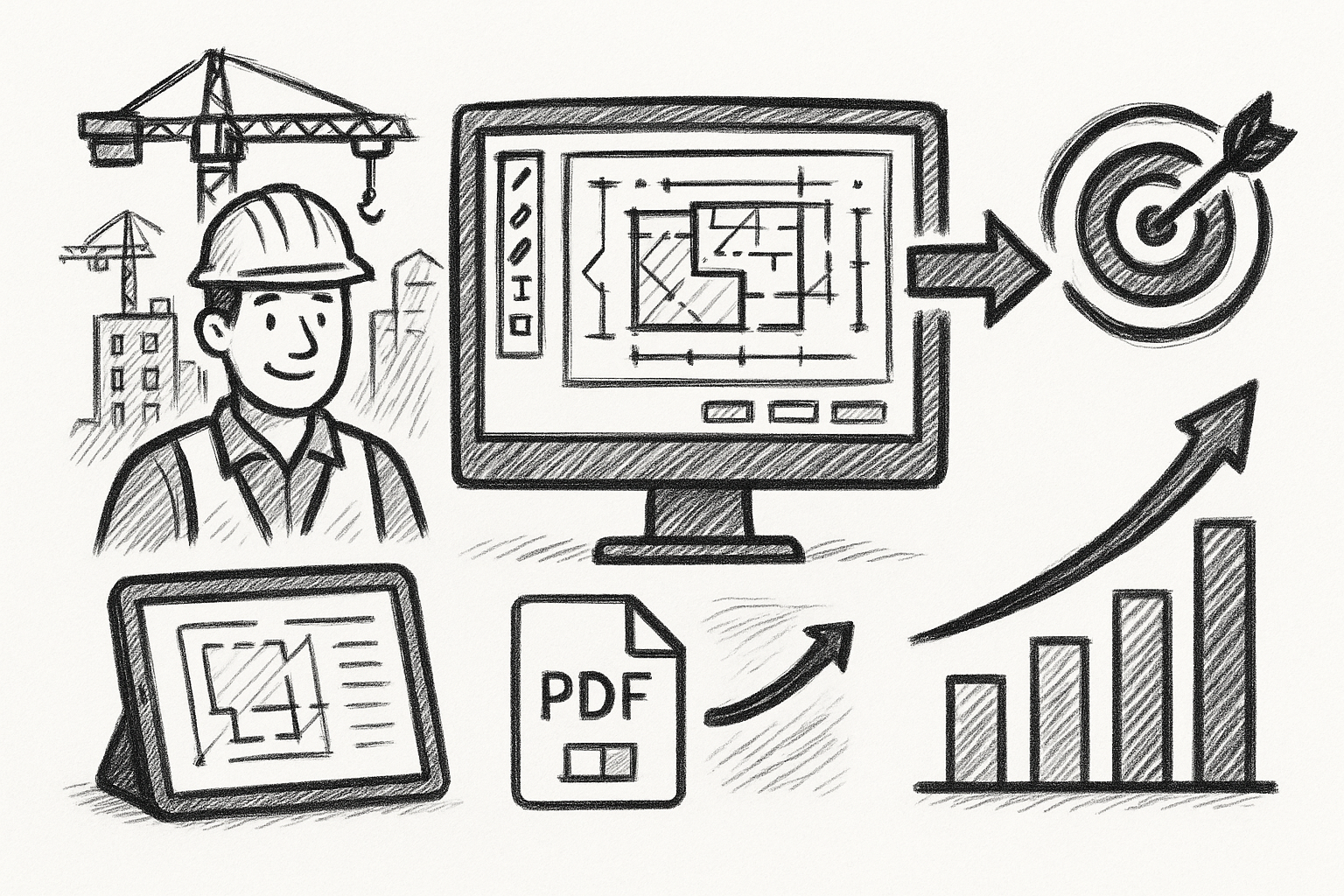Your Cart is Empty
Customer Testimonials
-
"Great customer service. The folks at Novedge were super helpful in navigating a somewhat complicated order including software upgrades and serial numbers in various stages of inactivity. They were friendly and helpful throughout the process.."
Ruben Ruckmark
"Quick & very helpful. We have been using Novedge for years and are very happy with their quick service when we need to make a purchase and excellent support resolving any issues."
Will Woodson
"Scott is the best. He reminds me about subscriptions dates, guides me in the correct direction for updates. He always responds promptly to me. He is literally the reason I continue to work with Novedge and will do so in the future."
Edward Mchugh
"Calvin Lok is “the man”. After my purchase of Sketchup 2021, he called me and provided step-by-step instructions to ease me through difficulties I was having with the setup of my new software."
Mike Borzage
Revit Tip: Enhancing Revit Workflow with Effective View Templates Management Strategies
July 30, 2025 2 min read

Maximizing efficiency with Revit’s View Templates Manager can significantly streamline your workflow and ensure consistency across your project views. Here are key strategies to effectively utilize this powerful tool:
- Standardize View Settings: Create a set of standardized view templates that define visibility, graphics, and annotation settings. This ensures all team members adhere to the same standards, reducing discrepancies and enhancing project uniformity.
- Organize Templates Logically: Categorize your view templates based on project phases, disciplines, or specific view types. A well-organized template library makes it easier to find and apply the appropriate template quickly, saving valuable time.
- Use Nested Templates: Leverage nested view templates to build complex settings from simpler, reusable templates. This modular approach allows for greater flexibility and easier updates, as changes to a base template automatically propagate to dependent templates.
- Apply Templates Consistently: Ensure that templates are consistently applied across similar views. Use the View Templates Manager to enforce these settings, minimizing the risk of human error and maintaining project integrity.
- Regularly Update Templates: As project requirements evolve, so should your view templates. Periodically review and update your templates to reflect new standards, design changes, or client preferences, ensuring they remain relevant and effective.
- Utilize NOVEDGE Resources: For advanced tips and support on managing view templates, explore the resources offered by NOVEDGE. Their expertise can help you optimize your use of Revit’s tools and enhance your overall project workflow.
- Automate Template Application: Use Dynamo scripts or Revit’s API to automate the application of view templates across multiple views. This automation reduces manual effort and ensures consistency, especially in large projects with numerous views.
- Train Your Team: Invest in training sessions to educate your team on the effective use of view templates. A well-informed team can fully leverage the View Templates Manager, leading to improved productivity and fewer errors.
- Monitor Template Usage: Regularly audit your project’s view templates to identify which ones are frequently used and which are underutilized. This insight can guide you in refining your template library, ensuring it remains efficient and relevant.
- Integrate with Project Standards: Align your view templates with your project’s overall standards and guidelines. Consistency between view templates and project documentation fosters a cohesive workflow and enhances the quality of deliverables.
- Leverage NOVEDGE Support: When encountering challenges with view templates, reach out to the NOVEDGE support team for tailored solutions and expert advice. Their support can help you overcome obstacles and make the most of Revit’s capabilities.
By implementing these strategies, you can harness the full potential of Revit’s View Templates Manager, leading to more efficient project management and higher-quality outcomes. For more insights and professional support, visit NOVEDGE today.
You can find all the Revit products on the NOVEDGE web site at this page.
Also in Design News

Maximizing Construction Efficiency: How Bluebeam Transforms PDF Workflows into Strategic Advantages
August 01, 2025 4 min read
Read More
Revolutionizing Land Development: 5 Cutting-Edge Civil 3D Capabilities for Smarter, Sustainable Workflows
August 01, 2025 5 min read
Read More
Driving Sustainable Innovation: Integrating Eco-Conscious Practices in Design Software Development
August 01, 2025 8 min read
Read MoreSubscribe
Sign up to get the latest on sales, new releases and more …


